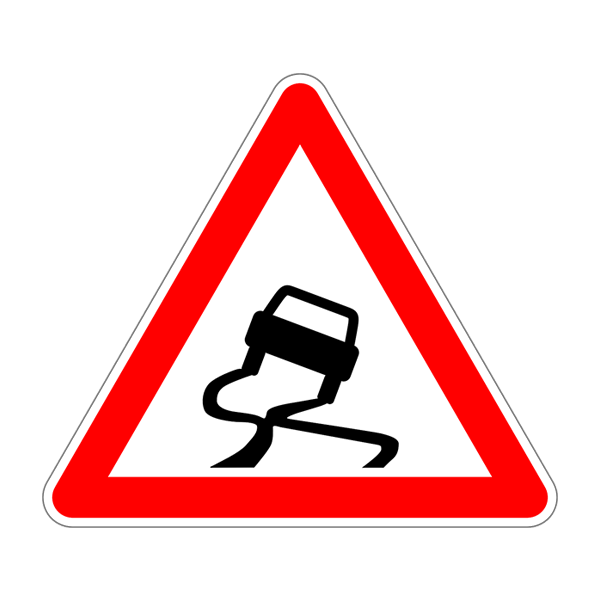But, what is anti-skid surfacing, and how exactly does it help prevent or reduce skid danger? In this short guide to anti-skid surfacing, we answer both of these questions and more, to help you get better acquainted with anti-skid surfacing.
What is anti-skid surfacing?
Also known as ‘high friction surfacing’, anti-skid surfacing is a road surfacing application containing a calcined bauxite aggregate, added to a road’s surface to create better grip for tyres, especially in the event of a skid.
How does anti-skid surfacing work?
As mentioned above, anti-skid surfacing works by enhancing the gripping ability of a vehicle's tyres, which in turn helps prevent or lessen the severity of a skid. To work effectively, anti-skid surfacing has two key properties, including:
Abrasion resistance – This means that once applied, the anti-skid surfacing will remain in place for long periods, even on roads with excessive traffic.
Polish resistance – Polish resistance is the ability of the anti-skid surfacing to remain textured, even after a prolonged period and under heavy traffic conditions.
How is anti-skid surfacing applied?
The great thing about anti-skid surfacing, aka ‘high friction surfacing’ or ‘HFS’, is that it can be applied hot or cold, depending on the fragility or the location of the road surface it’s being applied to. See below for a brief explanation of both hot and cold methods.
- Hot application of anti-skid surfacing
- For hot application of anti-skid surfacing, the anti-skid aggregate would be mixed at a high temperature with a thermoplastic line marking binder, before being applied to the roads surface in strips using a screed box.
- Cold application of anti-skid surfacing
- For cold application of anti-skid surfacing, the road marking contractors would evenly coat the roads surface with either a methacrylate or epoxy binder in a strip formation, before applying the anti-skid aggregate.
Does anti-skid surfacing work?
Yes. With the addition of the calcined bauxite aggregate with its high polish resistance and high abrasion resistance, anti-skid surfacing provides a highly efficient and long-lasting anti-skid surfacing solution. Used on major and minor roads, bus lanes, cycle lanes and cycle paths etc., anti-skid surfacing helps prevent and lower the risk of accidents, as well as helping to lessen the severity of accidents by reducing braking distances.
How to reduce the risk of skidding
Whilst anti-skid surfacing is an effective solution to help prevent or reduce the risk of skidding, as a motorist, you also have a responsibility to reduce your risk of skidding by adapting your driving style accordingly. Below are a few helpful tips to reduce your skidding risk, even in adverse conditions, such as snow and rain, and whether you’re driving on a road with or without the application of anti-skid surfacing.
Slow down gradually – Make sure to read the road ahead, and when possible always come to a gradual stop rather than an abrupt stop. This not only helps prevent skidding, it also prolongs the life of your tyres.
Don’t steer sharply – In the event of an emergency stop, avoid steering sharply if possible, as this action could increase the skid risk and cause further loss of control by sending your vehicle into a spin.
Don’t brake when turning – Except in extreme situations, you should always be travelling slow enough to negotiate a turn or bend. Braking on a turn or bend increases skid risk and causes excessive tyre wear.
Line marking company
For all your line marking needs, including warehouse, and playground line marking, contact City Road Markings, either via the website contact form, by email, or by phone, to speak directly to a line marking expert.
